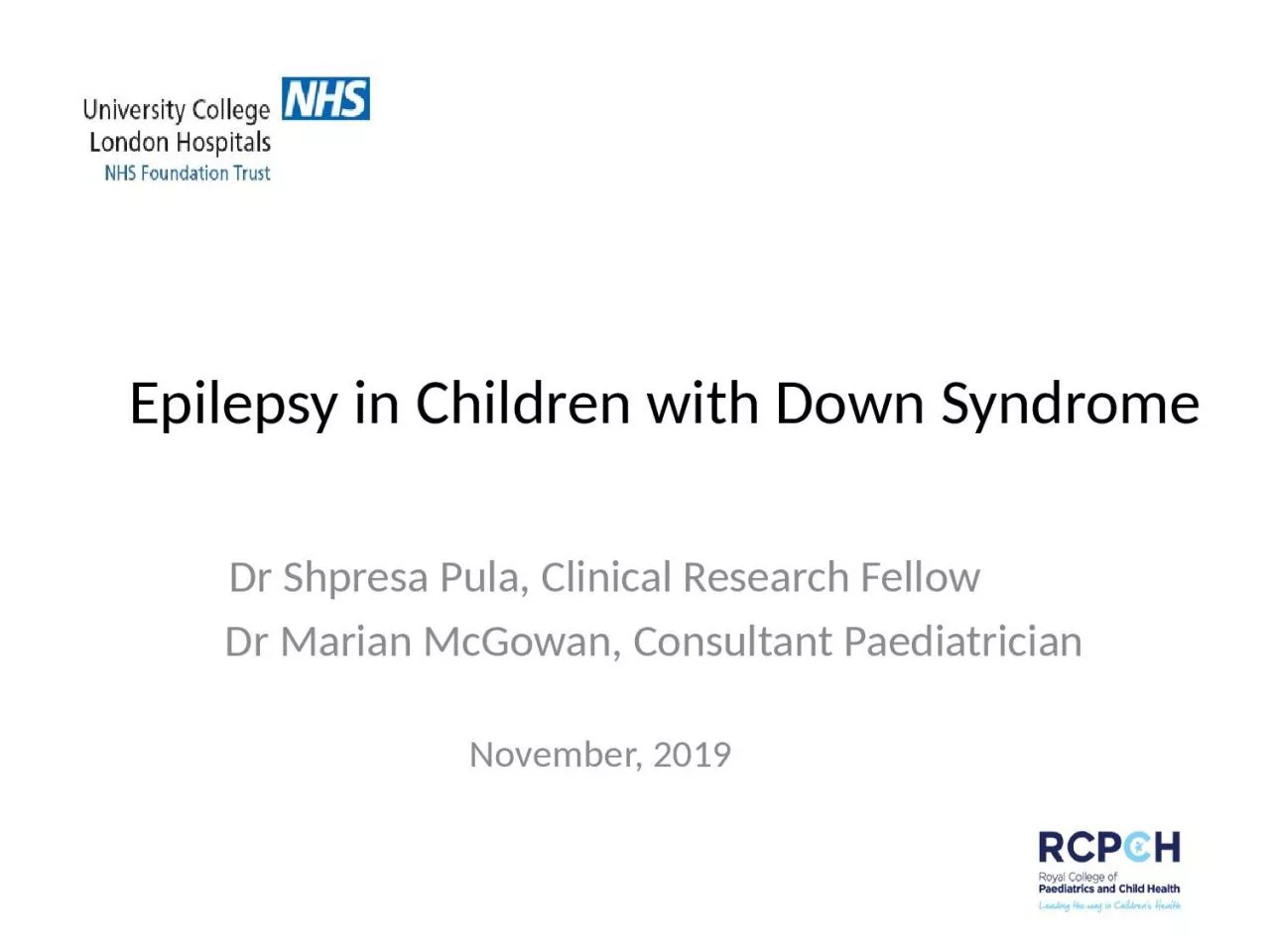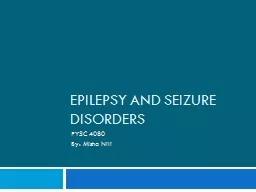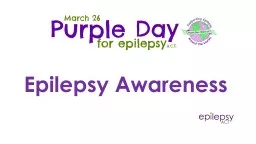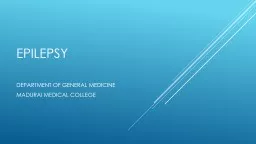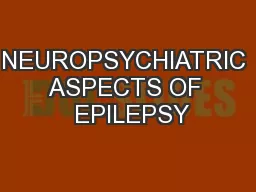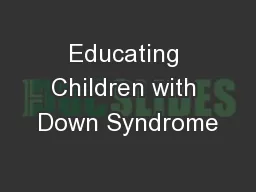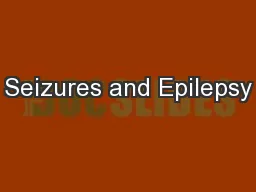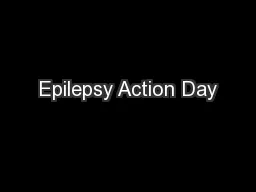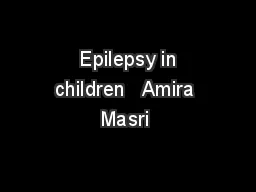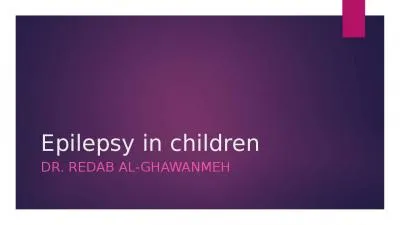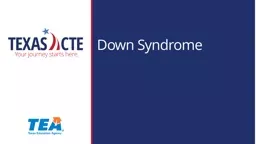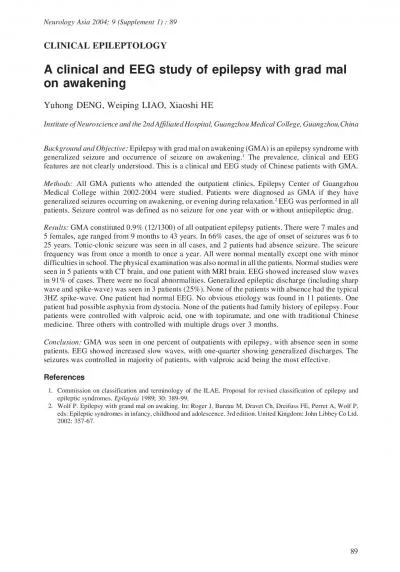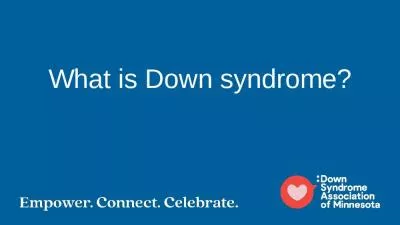PPT-Epilepsy in Children with Down Syndrome
Author : holly | Published Date : 2023-09-01
Dr Shpresa Pula Clinical Research Fellow Dr Marian McGowan Consultant Paediatrician November 2019 Acknowledgments Dr Karine Lascelles Consultant Paediatric Neurologist
Presentation Embed Code
Download Presentation
Download Presentation The PPT/PDF document "Epilepsy in Children with Down Syndrome" is the property of its rightful owner. Permission is granted to download and print the materials on this website for personal, non-commercial use only, and to display it on your personal computer provided you do not modify the materials and that you retain all copyright notices contained in the materials. By downloading content from our website, you accept the terms of this agreement.
Epilepsy in Children with Down Syndrome: Transcript
Download Rules Of Document
"Epilepsy in Children with Down Syndrome"The content belongs to its owner. You may download and print it for personal use, without modification, and keep all copyright notices. By downloading, you agree to these terms.
Related Documents

